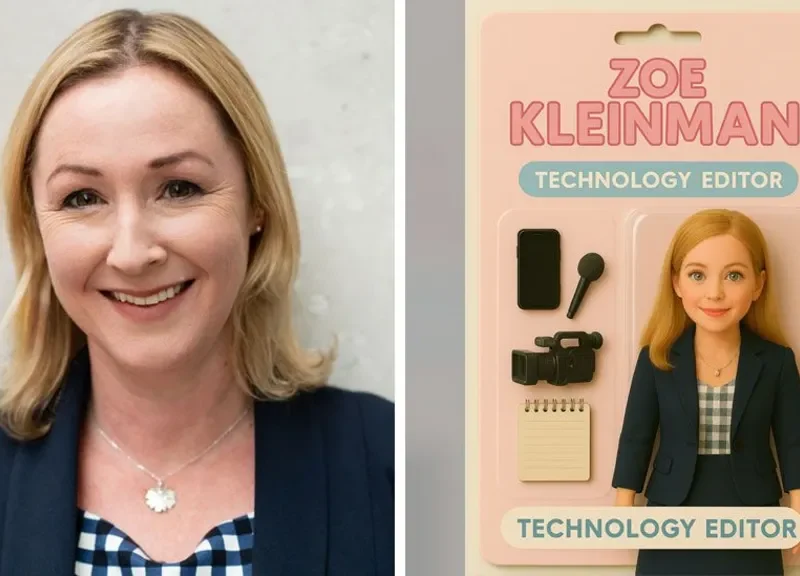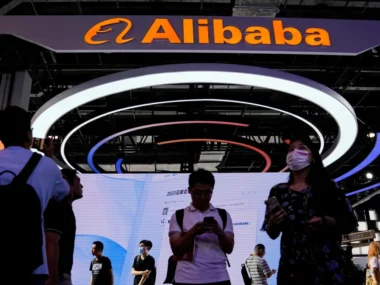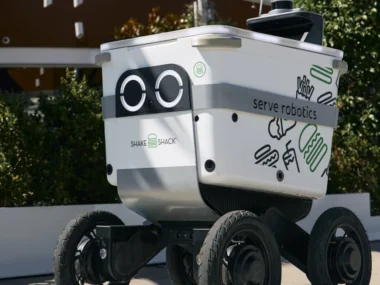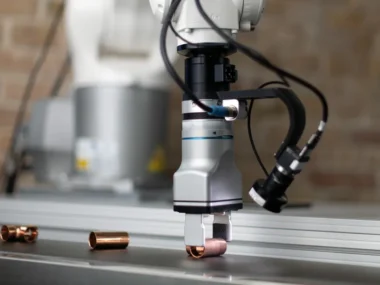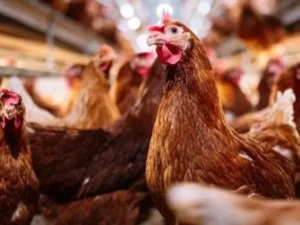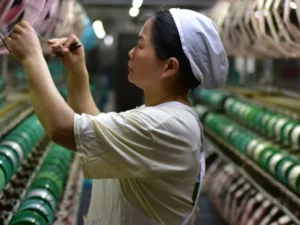While browsing social media lately, you might’ve noticed friends and family appearing as tiny versions of themselves.
This new trend involves using generative AI tools like ChatGPT and Copilot to turn people into miniature dolls or action figures.
It’s gaining momentum online, with influencers and brands joining in by creating their own “mini-me” avatars.
However, some voices are warning against jumping on the trend, arguing that the fear of missing out shouldn’t outweigh concerns about AI’s energy consumption and data privacy.
How does the AI doll creator function?
It might sound complex, but the process is actually quite straightforward.
Users simply upload a photo of themselves into a tool like ChatGPT, along with text prompts describing how they want the final image to appear.
These prompts are crucial—they guide the AI in generating everything from the accessories and background to the style of packaging, often inspired by popular toy brands like Barbie. Many also add personal touches like their name, profession, and outfit choices.
However, the results aren’t always perfect. Some users have shared funny mishaps where the generated dolls look nothing like them.
Like other generative AI systems, these tools can produce inaccurate results or make assumptions about a person’s appearance.
It’s not just everyday users getting involved—numerous brands have joined the trend, including beauty label Mario Badescu and even Royal Mail.
Why is it so popular?
Trends are constantly shifting – and often make people feel pressured to join in so they don’t feel left out.
“Generative AI allows users to create and join trends faster and more easily,” explains Jasmine Enberg, lead social media analyst at eMarketer.
She notes that while this technology speeds up content creation, it may also cause audiences to tire of trends more quickly.
Still, she expects AI-based trends to appear more frequently on social media as the technology becomes a more integrated part of everyday digital life.
What major concerns are being raised?
Although the trend’s playful nature may have attracted people, it has sparked criticism from those concerned about its environmental impact.
Professor Gina Neff from Queen Mary University London explains to the BBC that ChatGPT is “consuming massive amounts of energy,” and the data centers powering it use more electricity in a year than 117 countries combined.
Lance Ulanoff, US editor at TechRadar, humorously notes, “We joke in my house that every time we create one of these AI memes, it kills a tree.” While acknowledging the exaggeration, he points out that AI content creation does come with significant costs, suggesting we should rethink how we use it.
Additionally, there are worries that the technology may rely on copyrighted data to generate images without compensating the original creators.
Professor Neff describes ChatGPT Barbie as “a triple threat to our privacy, culture, and planet,” adding, “While the personalization may seem appealing, these systems are mixing brands and characters without any responsibility for the resulting chaos.”
Jo Bromilow, director of social and influencer at MSL UK, questions, “Is a cute, funny result really worth it?” She emphasizes, “If we’re going to use AI effectively, we must establish guidelines for its responsible use.”
Exploring the AI doll trend
By Zoe Kleinman, BBC Technology Editor
I began by locating a suggested prompt online—a set of instructions to input into the AI tool to generate the image.
You need to upload your own selfie along with your prompt, and it’s important to be very detailed about your preferences, such as specifying which accessories you’d like and the color of the box.
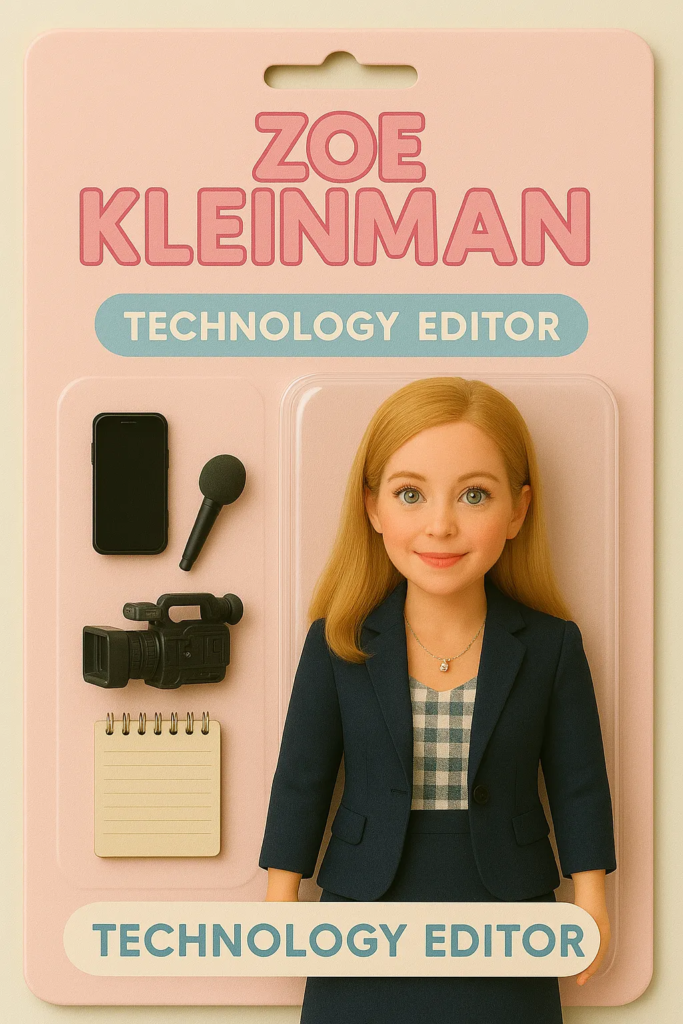
I found that it took a bit of time to perfect a mini, plastic-packaged version of myself.
When I tried to include my job title, my first attempt was rejected because I mentioned BBC News, as it apparently violated content policy—likely because the BBC currently doesn’t permit ChatGPT to use its content.
Once I finally got an image, I found myself wanting to make adjustments. My first attempt was too cartoonish.
The next, more realistic version made me look much older than I am, then too childlike, and eventually, I gave up trying to get it to accurately reflect my eye color, which kept defaulting to blue (mine are a mix of hazel and green).
Each version took a couple of minutes to generate, and the process was slower than expected, possibly due to high demand.
It started to feel like too much effort for a fleeting trend, and it wasn’t flawless—my doll ended up spilling out from beneath the packaging.
More importantly, in a data center somewhere, powerful servers were working hard to create Action Figure Zoe.
Those resources could have likely been better spent on more meaningful tasks.

